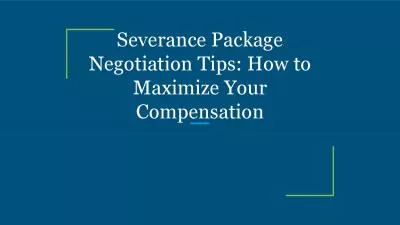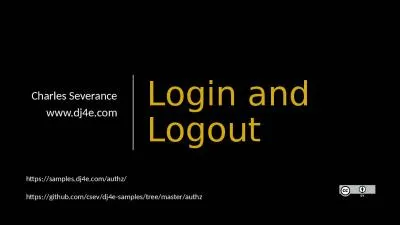PPT-Python Objects Charles Severance
Author : olivia-moreira | Published Date : 2018-11-09
Python for Everybody wwwpy4ecom Warning This lecture is very much about definitions and mechanics for objects This lecture is a lot more about how it works and less
Presentation Embed Code
Download Presentation
Download Presentation The PPT/PDF document "Python Objects Charles Severance" is the property of its rightful owner. Permission is granted to download and print the materials on this website for personal, non-commercial use only, and to display it on your personal computer provided you do not modify the materials and that you retain all copyright notices contained in the materials. By downloading content from our website, you accept the terms of this agreement.
Python Objects Charles Severance: Transcript
Download Rules Of Document
"Python Objects Charles Severance"The content belongs to its owner. You may download and print it for personal use, without modification, and keep all copyright notices. By downloading, you agree to these terms.
Related Documents

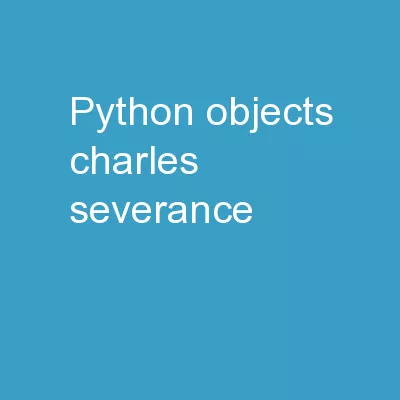
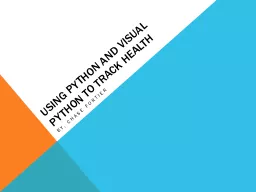

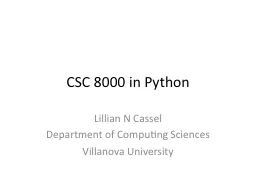
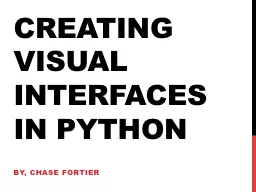
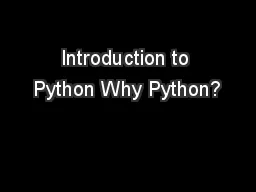
![[FREE]-Python 3 Books in 1 Python Basics for Beginners + Python Automation Techniques](https://thumbs.docslides.com/970325/free-python-3-books-in-1-python-basics-for-beginners-python-automation-techniques-and-web-scraping-python-for-data-science-and-machine-learning.jpg)
![[BEST]-Python: 3 Books in 1: Python Basics for Beginners + Python Automation Techniques](https://thumbs.docslides.com/974940/best-python-3-books-in-1-python-basics-for-beginners-python-automation-techniques-and-web-scraping-python-for-data-science-and-machine-learning.jpg)



